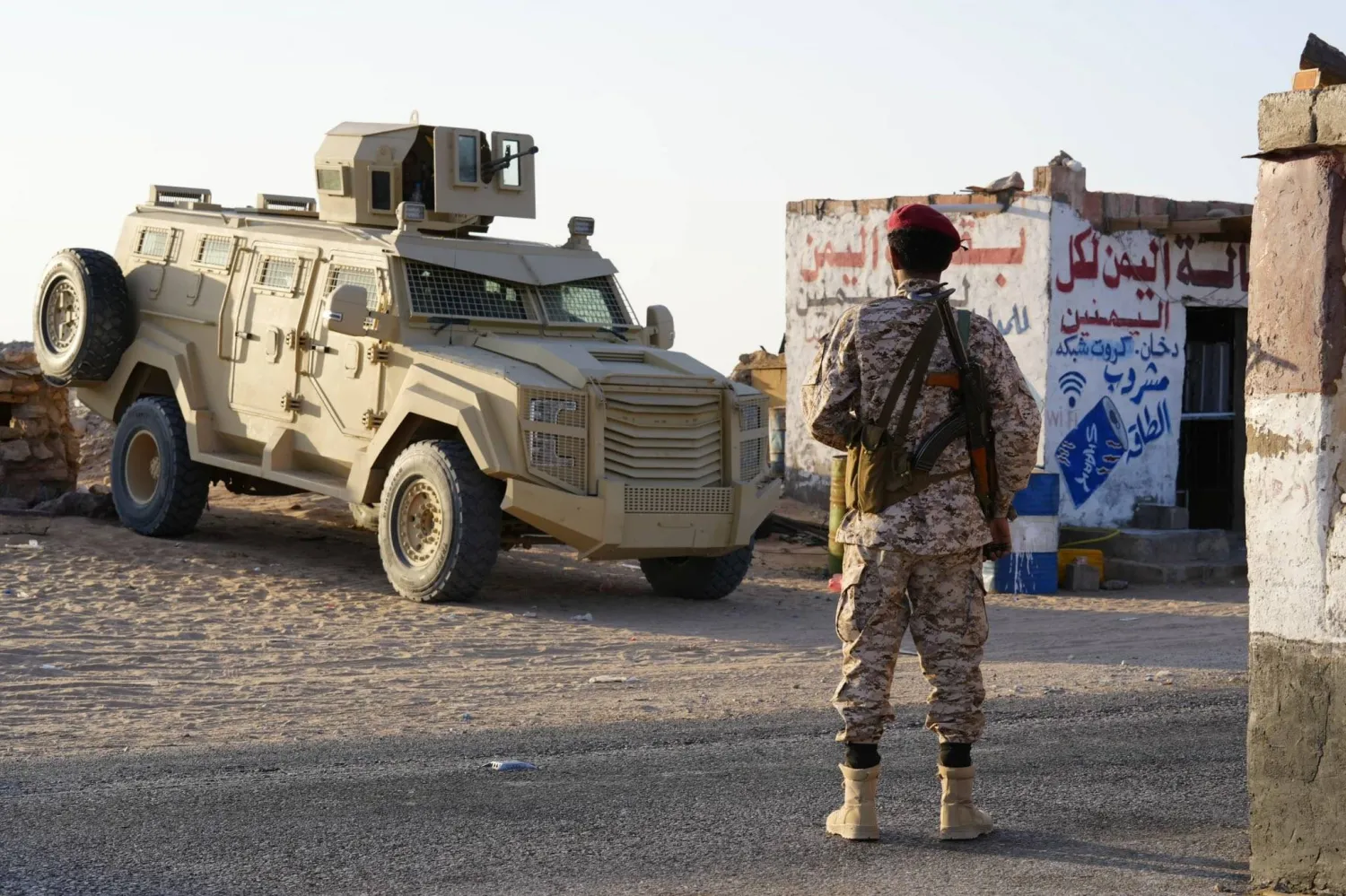Reports have emerged that Ibrahim Amin al-Sayyed, the head of Hezbollah's’ political council, may be named successor to the Iran-backed party’s Secretary General Hassan Nasrallah who was killed in an Israeli strike on Beirut’s southern suburbs in late September.
Sayyed’s name emerged after the presumed death of Hezbollah executive council leader and potential Nasrallah successor Hashem Safieddine in an Israeli strike on the suburbs on Thursday. Hezbollah has yet to confirm his death.
Informed sources categorically denied that Sayyed was being viewed as a successor.
“No one is currently nominated to succeed Nasrallah,” they said. “The party is now being led collectively.”
In a statement on Saturday, Hezbollah’s media relations office refuted the “false reports and baseless rumors” about the organization of the party, saying such reports were part of a “psychological war against the resistance.”
Hezbollah critic Ali al-Amin ruled out that the party would name a new secretary general given Nasrallah and Safieddine’s fate.
“Any candidate, regardless of who they are, is a candidate for death,” he stressed.
“The party is in a state of confusion and loss and cannot take such a step right now. Naim Qassem is serving as acting secretary general anyway given his role as the party’s deputy leader.”
Who is Sayyed?
Sayyed was born in Lebanon’s eastern Bekaa region in 1955. He pursued intense Shiite religious studies before joining Hezbollah in the first years of its formation in the early 1980s.
He helped develop the party’s political and military movement. He rose up the ranks in the group until he became head of its political council where he is responsible for managing Hezbollah’s general policies and communication and relations between Lebanese and international political forces.
According to Amin, Sayyed served as the Amal movement’s envoy to Iran before the Israeli invasion of Lebanon in the 80s. He then joined Hezbollah and read out the party’s statement that announced its official establishment, meaning he was its official spokesman in February 1985.
Sayyed is close to Lebanese MP Jamil al-Sayyed. He was head of Hezbollah's Loyalty to the Resistance parliamentary bloc from 1992 to 1996.
Amin remarked: “The fact that Sayyed is approaching 70 years of age doesn’t make him a suitable candidate for the position of secretary general, especially in these circumstances.”
He therefore dismissed reports that he was a possible candidate, adding that Sayyed had been “effectively marginalized and semi-retired for the past 15 years. The only news we hear about him as of late are his visits to the Maronite Patriarchate.”
“Moreover, he is not seen as a core leading member of the party, whose major leaders have been assassinated” by Israel, he noted.









